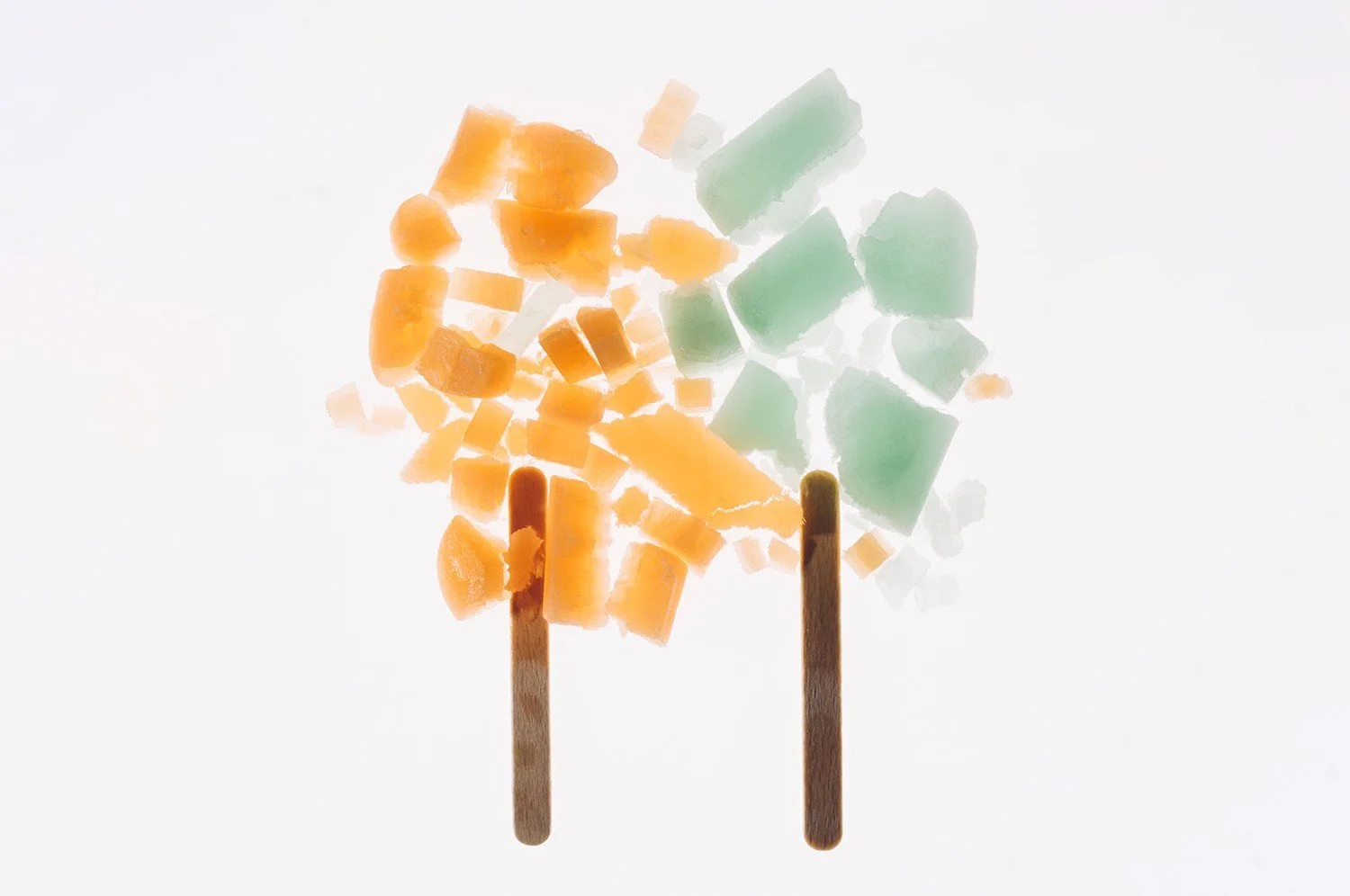Why There Are No Black And White Food Rules
Nutrition is nuanced. It's rare that a particular food or a specific nutrient is completely good or absolutely detrimental. As with so many aspects of nourishment, the key is to achieve proper balance. And yet, isolating nutrients and either celebrating or vilifying them is a timeless tradition in our culture. These food fads and diet trends have long been a disruption to optimal health, taking the focus away from a holistic approach to nutrition and closing in on a singular element as either inherently good or bad. Although these heuristics can help minimize the (often) overwhelming complexity of nutrition, they also lead to misinformation. Take, for example, the nutritional villain du-jour: sugar. While public health concerns over excessive sugar and its link to metabolic and inflammatory conditions are grounded in real science, we would argue that the nutrition community has gone a step too far in vilifying any amount of added sugar.
From a natural perspective, sugar is absolutely essential for human and plant health -- a world without sugar is an impossibility.
Plants synthesize sugar in the photosynthesis process, which then provides energy for the growth and development of stem, roots, flowers, and fruits. Excess stores of sugars remain available for nutritional use to the animals or humans that consume the plants. In our bodies, sugar is needed for energy synthesis, growth, and development, and, at a molecular level, sugar coats every cell membrane in the body, providing structure and helping cells to recognize and signal to one another. From a historical cultural context, for tens of thousands of years humans have consumed sugar (in small amounts) from fruit, honey, and other natural sources. Sugar was once a scarce nutrient, available only seasonally, and later (with the advent of global trade) as a luxury good. For much of human existence, there was built-in sugar moderation. Since at least the mid 20th century, sugar, especially refined sugar, has been available in an unprecedented abundance. It has made its way into everything from soda pop and table sugar to low-fat packaged foods.
Over the same time period, serving sizes have dramatically increased. (In 2012, a McDonald’s 12oz kids size fountain soda was roughly double the size of the 7oz amount that it originally served to adults in 1955.)
From scientific research, we know that an excess of sugar is harmful. But the commonly cited scientific studies on the harmful effects of added sugar typically look at levels between 85-125 grams per day of heavily refined sugars (like high fructose corn syrup), or roughly two to three 20-ounce bottles of soda per day. This is an excessive daily intake by any measure, and leaves little room for understanding at what point sugar consumption (even in an “added sugar” context) transitions from essential to dangerous. Studies looking at more moderate amounts of added sugar, say 5-15 grams per day, would be much more informative.In the absence of this research, where we shake out on sugar is this... for healthy adults, consuming sugar in moderation is likely to be perfectly fine for our health (perhaps even more so than total abstinence). Even still, we must advocate for understanding why sugar is in a food or nutrition product before we consume it. Is sugar naturally occurring in an apple? Is it added for sweetness (in the case of chocolate)? Or, is it required to make the product (as in the case of kombucha or other fermented foods)? Through the lens of nutritional reductionism, we have collectively created a food culture based on hard-line rules and food fears, rather than real nourishment. So what’s the antidote? A more nuanced approach to nutrition based on what nature, history, and science tells us. All of these perspectives are needed… for the sake of our sweet tooth.Julie Sawaya + Ryan Woodbury are the founders of Needed, a thoughtful nutrition company that makes nutrition products that work in the body as nature intends -- with nutrients selected and paired together exactly as they are found. It is their goal to create more thoughtful conversation about the current nourishment paradigm, and how we arrived here from a nature-first, cultural, and scientific perspective.
